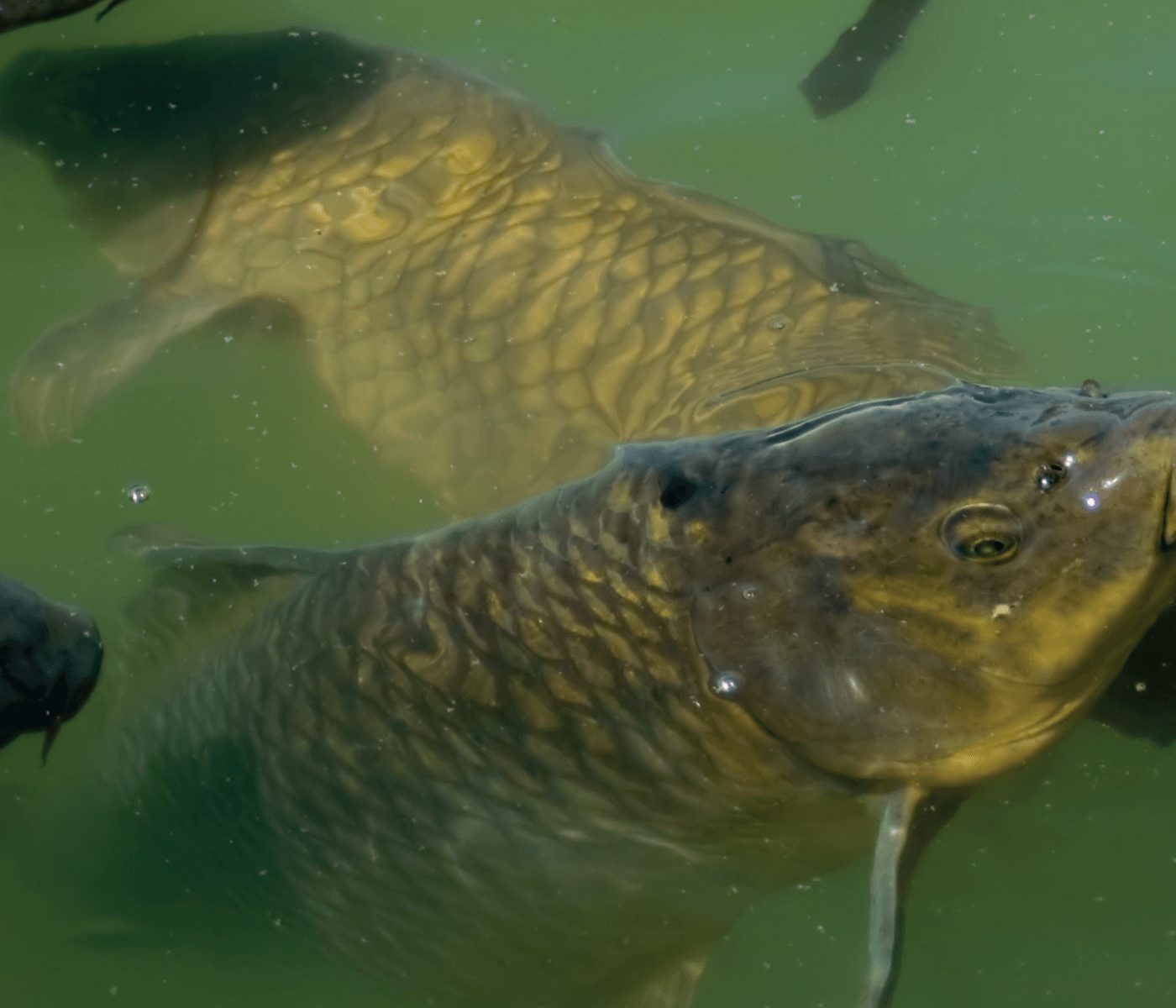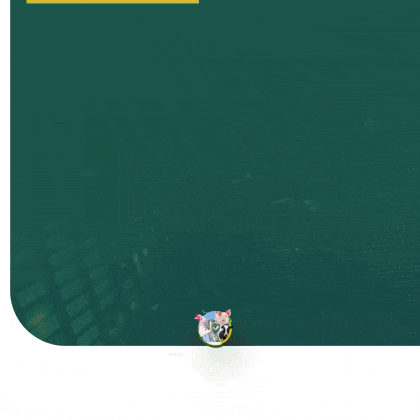Planning and management as a weapon for nutritional efficiency in fish farming
Brazil has great potential for aquaculture development. The availability of water resources, an extremely favorable climate and the growing demand for fish within the domestic market are all factors which have contributed to boosting this activity.

Just like any other other zootechnical and productive activity, adequate planning is fundamental for good productive yields in fish farming. Contributing to significant profits which is one of the main objectives behind any productive enterprise.
Considering that approximately 60 to 80% of the total costs in aquaculture are linked to feed costs, nutritional efficiency in commercial production begins during planning. In addition, nutrition and feed management (feed rate and feed frequency) in fish are directly associated with:
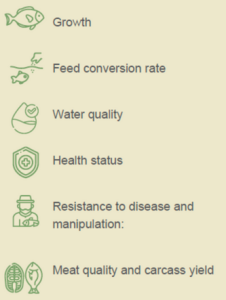
In the case of breeders, nutrition and feeding impact both the quantity of produced eggs and the quality of larvae. Thus, good feed and nutritional management are fundamental for successful commercial rearing and for profitability in fish farming.
In order to obtain good nutritional efficiency, some factors must be taken into account, such as: the target species, its development phase, the type of production system, and the quality of feed.
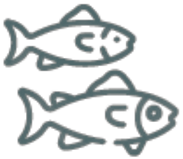
The fish species which are used in aquaculture have different nutritional requirements as well as changing feeding habits (whether they may be carnivorous, herbivorous or omnivorous). Knowledge regarding different characteristics such as: behavior in captivity (i.e. if they are a species that tends to live in the bottom of a body of water); positioning of the mouth and constitution of the branchial apparatus (more open or closed gill arches indicate that certain species have filtration capacities), is very valuable when establishing nutritional plans. As it prevents feed waste and reduces production costs.
In relation to the development phase, fish in their early stages – fingerlings and juveniles – have high metabolic and growth rates. Therefore, they require feed with higher protein and energy content, as well as higher feed rates, compared to those required by fish in the final fattening phase.

Typically, the number of times fish should be fed is higher in the early stages of life. During larviculture it is common for feed to be provided five to eight times a day.During the fry phase, this frequency drops to two or three times a day, while during the fattening stage it may drop to once or twice a day. Carnivorous fish usually only feed again after digesting their previous meal. Therefore, a feed supply of twice a day is enough. On the other hand, Tilapia tend to accept three meals per day.
Besides generating waste and impairing water quality, excess feeding can increase the the amount of fish fat, which negatively impacts its taste. Therefore, overfeeding is detrimental for various reasons.
The adoption of adequate feed management practices in cultivated species as well as their adjustment to the type of production system, will contribute to the reduction of negative impacts. Including: problems with size uniformity in the fish lot as well as poor feed conversion rates.
- Fish production in Brazil is mainly carried out in semi-intensive and intensive systems. Usually in semi-intensive systems, primary feeding of plankton (phyto and zooplankton) is used as supplementary feeding. This allows producers to mitigate some of the feed expenses. Filter fish, such as tilapia and carp, for example, are species that can make good use of this alternative type of primary feeding. In intensive production systems, fish feeding is done exclusively through commercial feed.
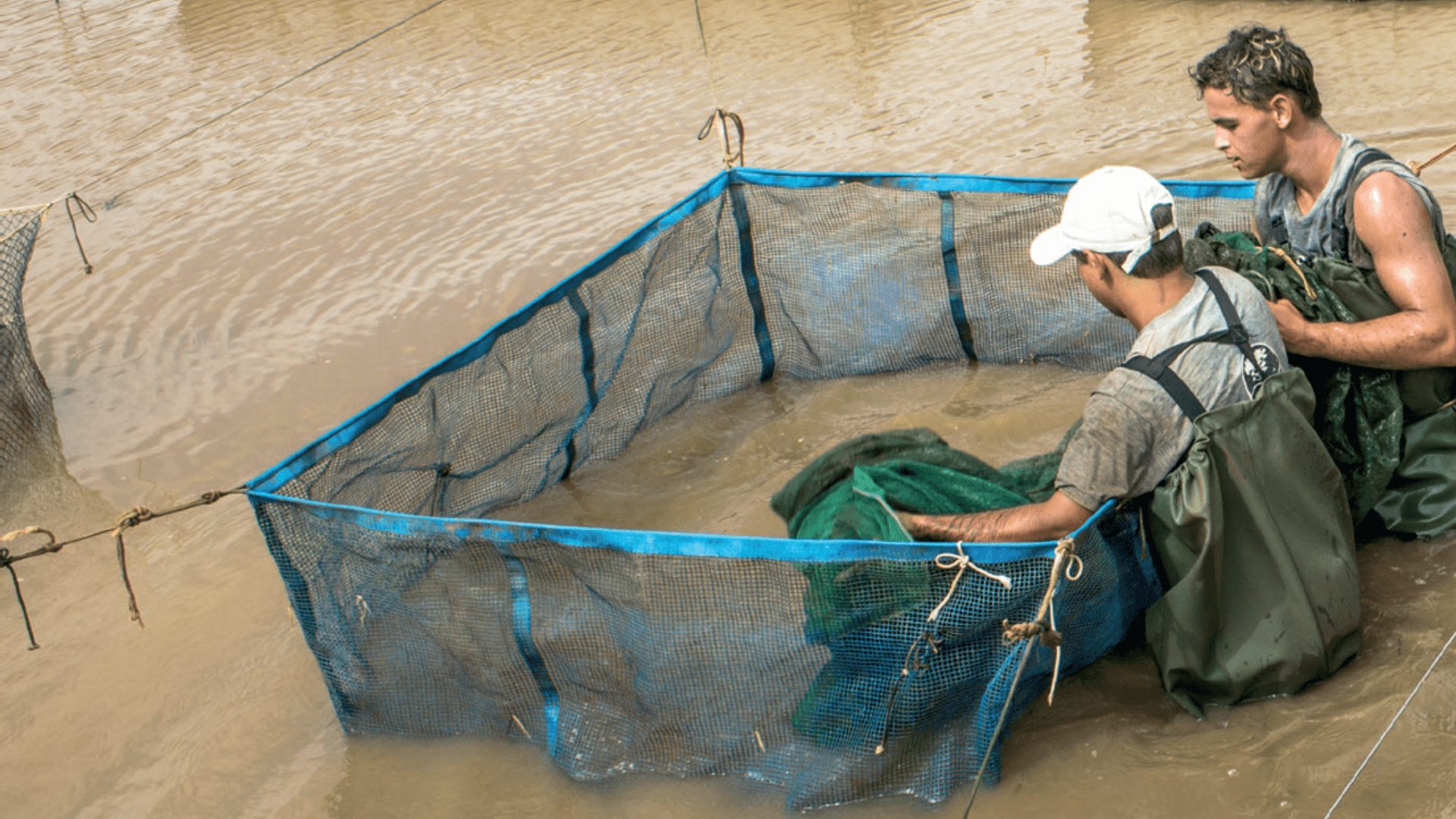
A careful observation of water quality and climatic conditions can contribute to optimizing feed utilization by fish. Low concentrations of dissolved oxygen and high concentrations of ammonia in the water cause appetite reductions in fish and decrease their feed utilization capacity.
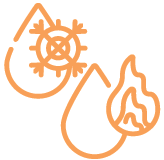
When it comes to climate conditions the following fact must be taken into account. Fish are pecilothermal, which means that they are unable to regulate their own body temperature. Therefore, when water cools down, their metabolism slows down and when the temperature is too high, animals suffer from heat stress. Hence, both scenarios result in lower feed intake.
Thus, whenever the water temperature is too low or high, a reduction or temporary suspension of feed supply is recommended in order to avoid waste.
The use of good quality diets is always important to obtain nutritional efficiency and achieve the best performance from fish. Using the minimum quantity of adequate feed which allows to maintain profits, while preserving water quality and animal welfare.
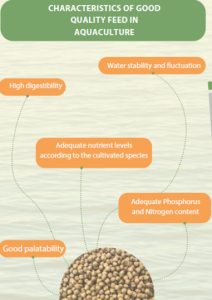
The use of low quality rations directly impairs water quality, causing stress on the fish and reduces their resistance to pathogens and diseases.
It is a big mistake to think that the use cheap feed will necessarily reduce production costs and increase profits. Considering the fact that when using poor quality feed,the producer will most likely have to use larger quantities than what he would use if he chose a product of better quality. Sometimes, even a greater feed supply does not guarantee good performance nor adequate health levels in fish fed with poor quality rations.

Good planning at the time of buying the ration is always a good strategy, because the higher the purchase, the greater the chances of obtaining a better price. For this, it is necessary to check if there is enough space to store the feed as well as making sure that it will not be stored for prolonged periods of time.
Feed supply is another simple yet important management practice in fish production. Preferably, the feed should be spread throughout the nursery, and it must not be concentrated in only one or two places. By spreading the feed, the fish farmer increases the chances for all fish to have access to it. Which keeps the dominant and larger individuals from gaining greater access to the feed supply. As it tends to occur when feed is only placed in a few spots within of the tank.
The correct storage of rations is extremely important for the conservation of their nutritional characteristics. As excessive humidity, direct sunlight and contamination by microorganisms and/or insects commonly lead to considerable quality losses in the ingredients. The storage time must also be looked after, and it should not exceed 90 days.
The main critical points in fish nutrition include: knowledge about nutritional requirements, feed composition and feed intake. Thus, the use of adequate feed, both in quantity and quality, is fundamental for the success of fish farming.
An example of such success, is what occurred in a fish farm in the State of Espírito Santo, where a 40% reduction in feed conversion was achieved (from 1.6 to 1.08) through good feed planning and management. Boosting the production system, while preserving the water quality,and allowing the owner to have significant profits at the end of the production cycle.
This specific case, and the information that has been previously discussed, are all clear arguments supporting the importance of good planning and proper feed management practices in fish farming. Making them an essential tool for obtaining optimal financial results.

Source: This article was originally published as a portuguese content in Nutrinews Brasil 4th Trimester 2022
